
Derby Corporation Tramways was the tram system serving the city of Derby, England. It opened on 27 July 1904.

Dundee Corporation Tramways formerly served the City of Dundee in Scotland. The corporation had financed the construction of a horse tramway in 1877, but had then leased it to the Dundee and District Tramways Company. They had replaced most of the horse trams with steam tram locomotives pulling trailer cars from 1884, but in 1897 the corporation decided that it would run the tramway system itself. After some negotiation and the payment of compensation, they took over the system in 1899, with a view to electrifying it. Electric trams started running in 1900, and the changeover was completed in 1902.
Lowestoft Corporation Tramways was the operator of the electric tramway system that served Lowestoft from 22 July 1903 until 8 May 1931.
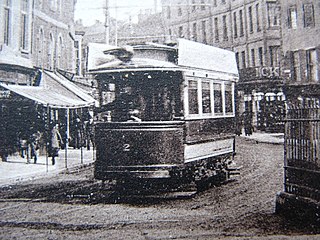
The Taunton Tramway was an electric street tramway in Taunton, the county town of Somerset, England. It operated a fleet of six narrow gauge tramcars on a single route of 1.66 miles (2.67 km) between 1901 and 1921 when the tramway closed due to a dispute over the cost of electricity.
Southend-on-Sea Corporation Tramways served the town of Southend-on-Sea in Essex from 19 July 1901 until 8 April 1942.

Cardiff Corporation Tramways was a company that operated an electric tramway service in Cardiff between 1902 and 1950.

Chester Corporation Tramways operated a tramway service in Chester between 1903 and 1930.

Nelson Corporation Tramways operated a tramway service in Nelson, Lancashire between 1903 and 1934.
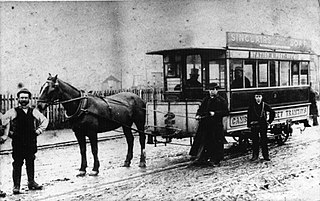
Cambridge Street Tramways operated a horse-drawn tramway service in Cambridge, England, between 1880 and 1914.
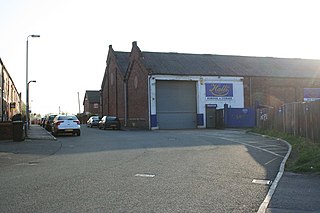
Wigan Corporation Tramways operated a tramway service in Wigan, England, between 1901 and 1931. The first tramway service in the town was run by the Wigan Tramways Company, whose horse trams began carrying passengers in 1880. They began replacing horses with steam tram locomotives from 1882, but the company failed in 1890 when a Receiver was appointed to manage it. The Wigan & District Tramways Company took over the system in 1893 and ran it until 1902. Meanwhile, Wigan Corporation were planning their own tramway system, obtaining an authorising Act of Parliament in 1893, and a second one in 1898. This enabled them to build electric tramways, and in 1902, they took over the lines of the Wigan & District Tramways Company.
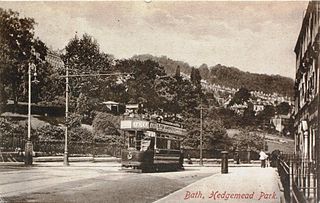
Bath Tramways Company and its successors operated a 4 ft horse drawn tramway service in Bath between 1880 and 1902. From 1903 until its closure in 1939 an expanded route carried electric trams operated by Bath Electric Tramways Company.

The Blackpool and Fleetwood Tramroad operated a tramway service between Blackpool and Fleetwood between 1898 and 1920.
Llanelly and District Electric Tramways operated a standard gauge tramway service in Llanelli, Wales, between 1908 and 1933. It was the successor to a 3 ft gauge horse tramway, which ran from 1882 until 1908. A complex series of negotiations took place in the early 1900s, resulting in the horse tramway being converted to an electric tramway. Standard gauge horse trams were run initially, until the company completed North Dock power station, which supplied electricity to the tramway. Two of the employees who worked on the construction went on to found Balfour Beatty.
Halifax Corporation Tramways operated a tramway service in Halifax, West Yorkshire, England between 1898 and 1939. After considering lifts and inclined planes to assist trams in negotiating the steep hills to the south of the town, they obtained permission to build a conventional system in 1897, and the first three routes opened in 1898. By 1905 there were 37 miles (60 km) of track and 96 tramcars, supplied by two manufacturers. In 1921, an additional route was added to the system, and the Corporation embarked on a programme of building their own tramcars, some of which replaced existing vehicles, while some extended the fleet. During the 1930s, the trams were gradually replaced by motor buses, either run by the Corporation or by private companies, and the last tram ran on 14 February 1939.
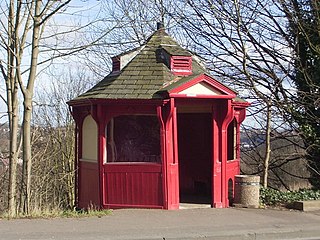
Huddersfield Corporation Tramways operated a tramway service in Huddersfield, England, between 1883 and 1940. It initially used steam locomotives pulling unpowered tramcars, but as the system was expanded, a decision was taken to change to electric traction in 1900, and the first electric trams began operating in February 1901. The system was built to the unusual gauge of 4 ft 7+3⁄4 in, in the hope that coal wagon from neighbouring coal tramways, which used that gauge, could be moved around the system. This did not occur, but two coal trams were used to delivered coal to three mills.
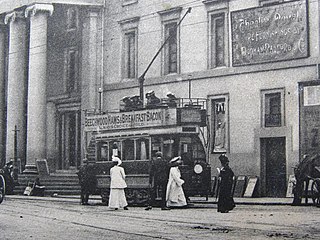
The tramways in Plymouth were originally constructed as four independent networks operated by three different companies to serve the adjacent towns of Plymouth, Stonehouse and Devonport in Devon, England. The merger of the 'Three Towns' into the new borough of Plymouth in 1914 was the catalyst for the three companies to join up under the auspices of the new Plymouth Corporation. The network was closed in 1945, partly as a result of bomb damage during World War II.
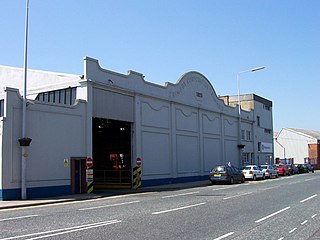
The Great Grimsby Street Tramways Company was a tramway serving Grimsby and Cleethorpes in Lincolnshire, England. It was a subsidiary of The Provincial Tramways Company. They opened a horse tramway in 1881, running from the Wheatsheaf Inn in Bargate to the border with Cleethorpes, with a branch along Freeman Street, and extended the line into Cleethorpes in 1887. It followed the trend of many British systems, and was converted to an electric tramway in December 1901. Small extensions were made to the system at both ends, but the basic plan of the system remained the same throughout its life.
Bradford Corporation Tramways were a tramway network in the city of Bradford, West Riding of Yorkshire, England which operated trams from 1882 until 1950 and trolleybuses from 1911 until 1972. The track gauge of the tramways was 4 ft.
Trams existed in Sri Lanka's capital Colombo from 1899 to 1960.

Stockport Corporation Tramways operated a tramway service in Stockport, England, between 1901 and 1951. It was preceded by a horse tramway from Levenshulme to Stockport, which opened in 1880, and was ultimately run by the Manchester Carriage and Tramways Company. A second independent horse tramway opened in 1890, running to Hazel Grove. In 1899 the Corporation bought the first line, electrified it, and leased it back to the operating company. Their powers to buy the Stockport and Hazel Grove Tramway, authorised by the same Act of Parliament, were not exercised until 1905.















